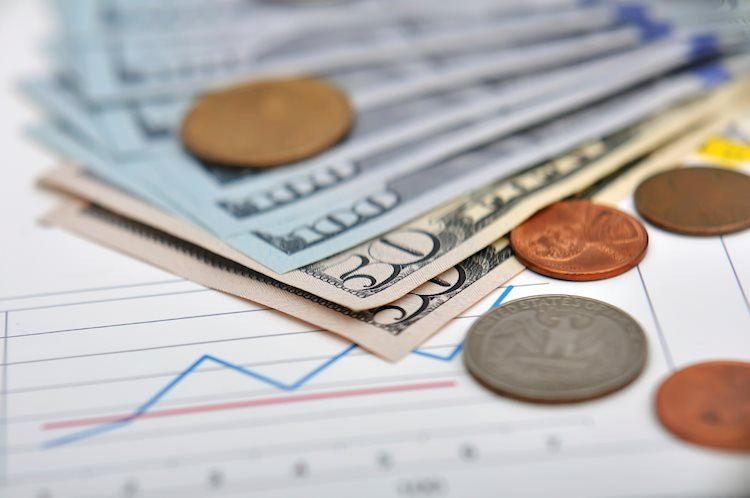The US Dollar has surged to a fresh two-month high after breaking above a key resistance level in the US Dollar Index (DXY). Former President Donald Trump’s statements on trade, taxes, and the Federal Reserve have boosted the Greenback as traders increasingly anticipate a victory for the Republican nominee. The US economic calendar is light on Wednesday with focus on the European Central Bank (ECB) meeting on Thursday.
Former President Trump’s interview on Bloomberg on Tuesday led to a surge in the US Dollar against major currency peers. The weekly Mortgage Applications saw a drastic 17% decline, while the Import/Export Price Index for September showed a decrease in export prices and import prices. Equities are volatile on Wednesday with Europe facing losses and US futures showing positivity. The CME Fed rate expectation for November indicates a high probability of a 25 basis point rate cut.
On the technical analysis front, the US Dollar Index (DXY) is gaining support after Trump’s interview, with traders positioning themselves for a potential win by Trump in the upcoming election. The DXY has surpassed the 100-day Simple Moving Average and is eyeing levels at 103.78 and 104.00. Resistance levels at 103.78 and 103.99 are key, while support is seen at the 100-day SMA and pivotal levels. The Relative Strength Index suggests a test of support levels could be imminent.
Central banks play a crucial role in maintaining price stability within an economy or region by controlling inflation and deflation. By adjusting benchmark policy rates, central banks can regulate demand and influence savings and lending rates in the market. Central banks like the US Federal Reserve (Fed), European Central Bank (ECB), and Bank of England (BoE) aim to keep inflation close to 2%. Members of central bank policy boards have varying viewpoints on monetary policy, with doves favoring loose policies and hawks preferring tighter control to keep inflation in check.
Central banks are typically politically independent, with a chairman or president leading meetings to create a consensus among board members. The chairman’s speeches provide insight into the current monetary stance and outlook, and central banks aim to communicate their policy without causing market disruptions. Members are restricted from public communication in the days leading up to a policy meeting to avoid influencing markets during the blackout period. By carefully managing interest rates and monetary policy, central banks strive to achieve economic stability and sustainable growth.











